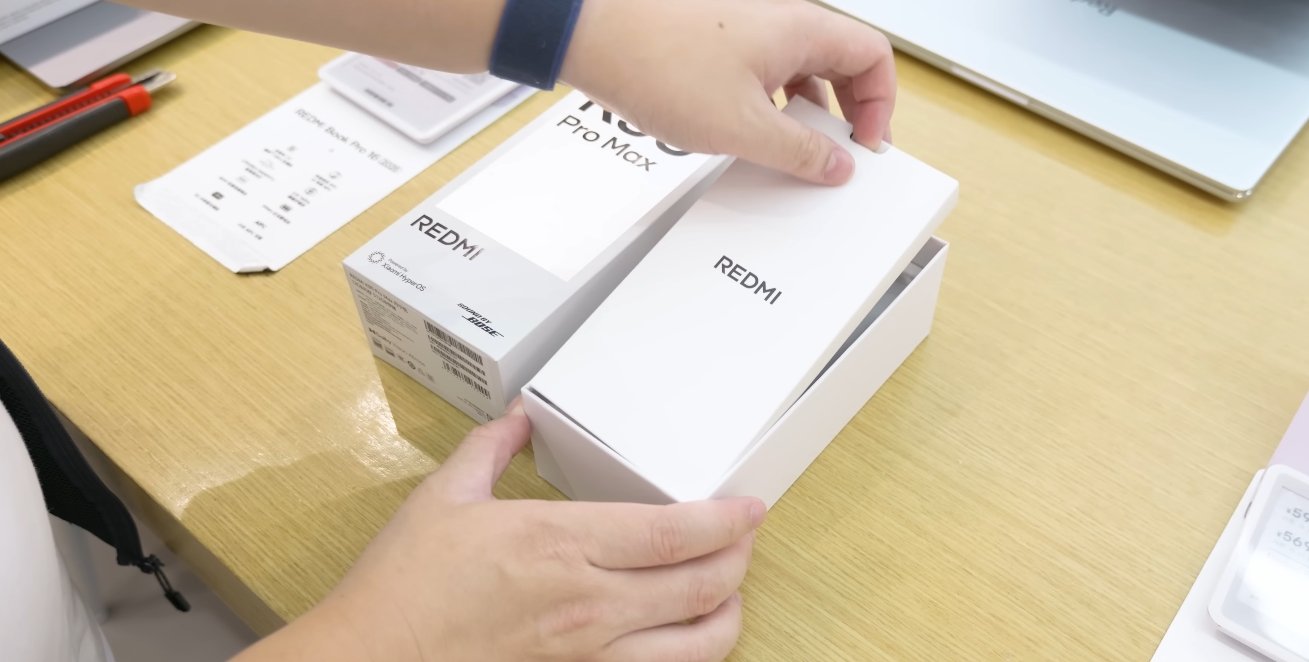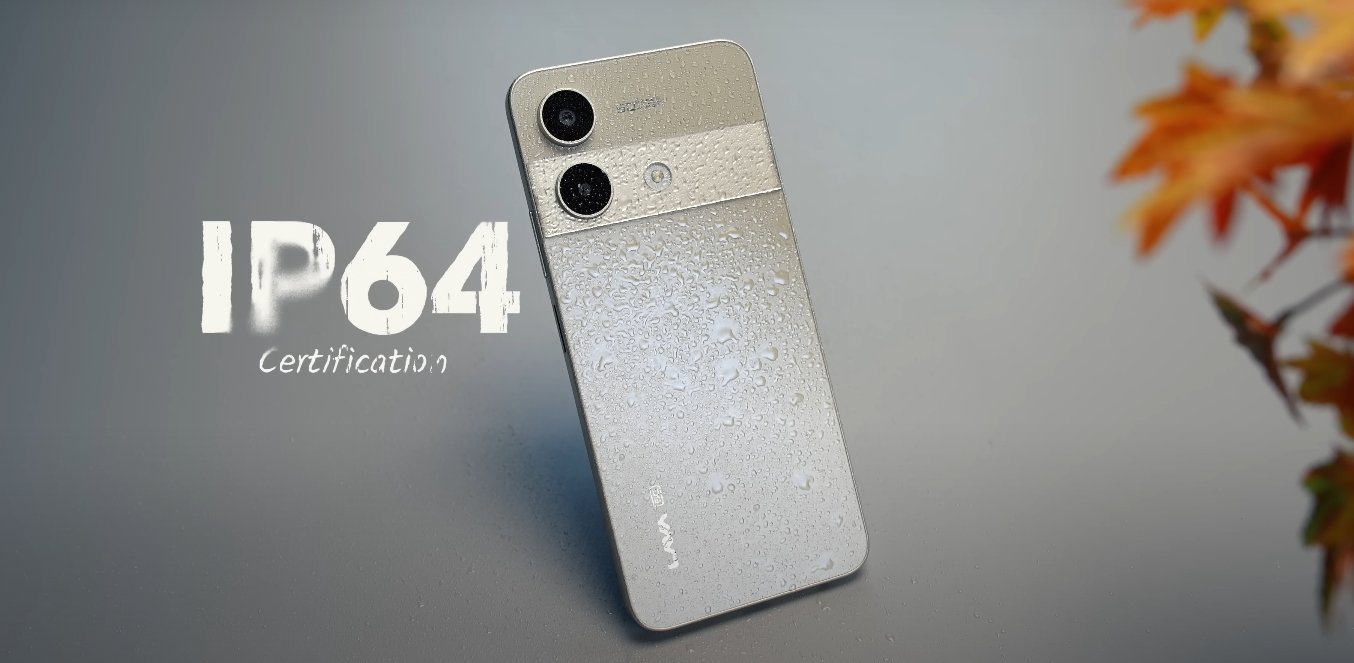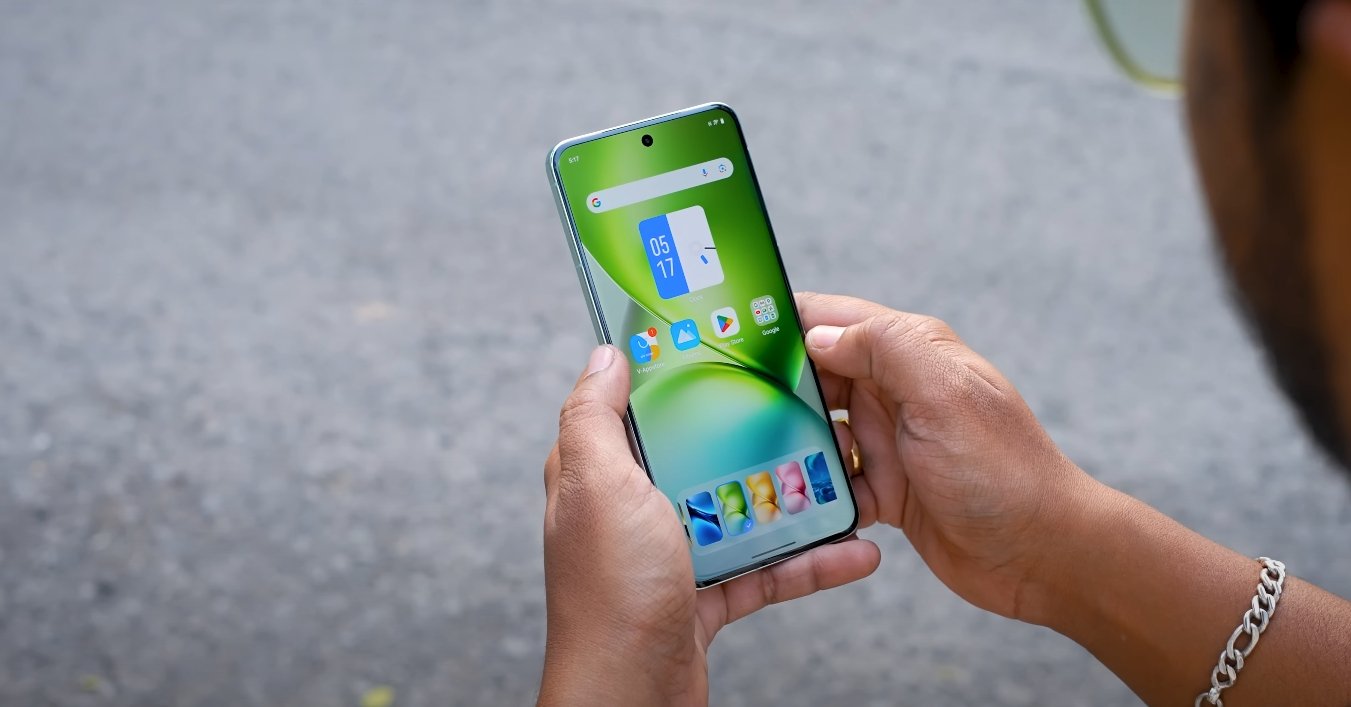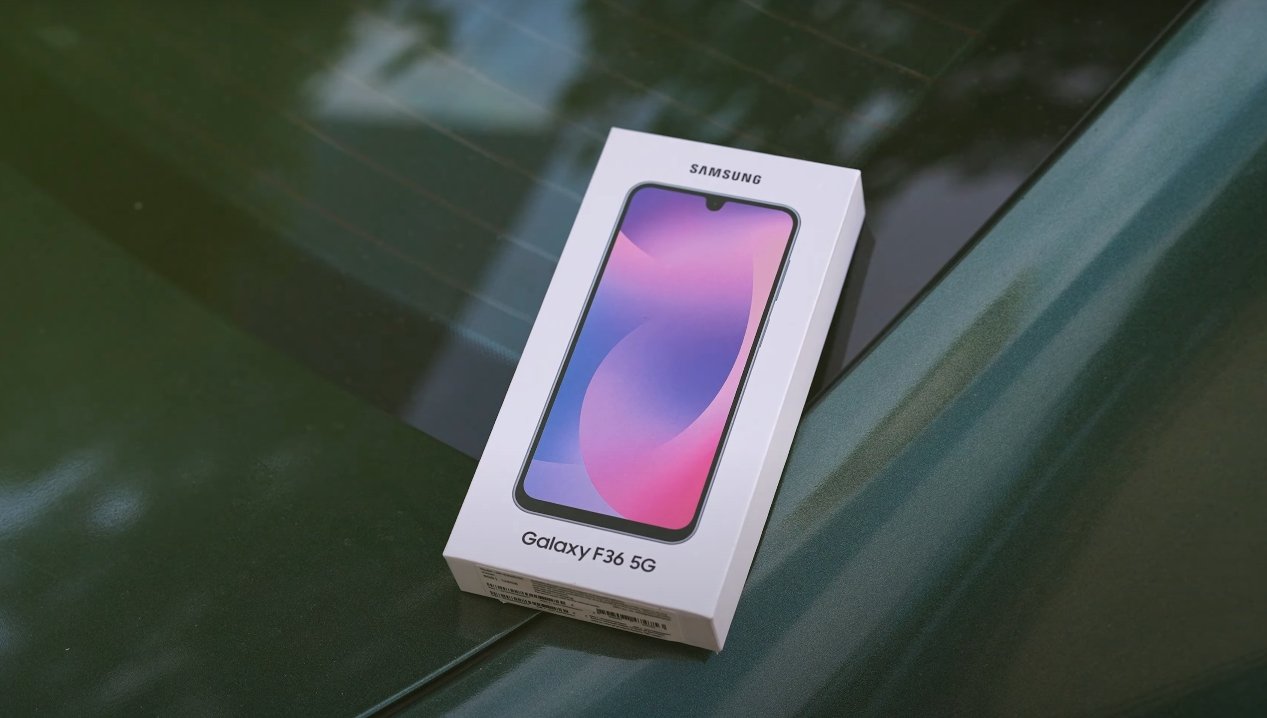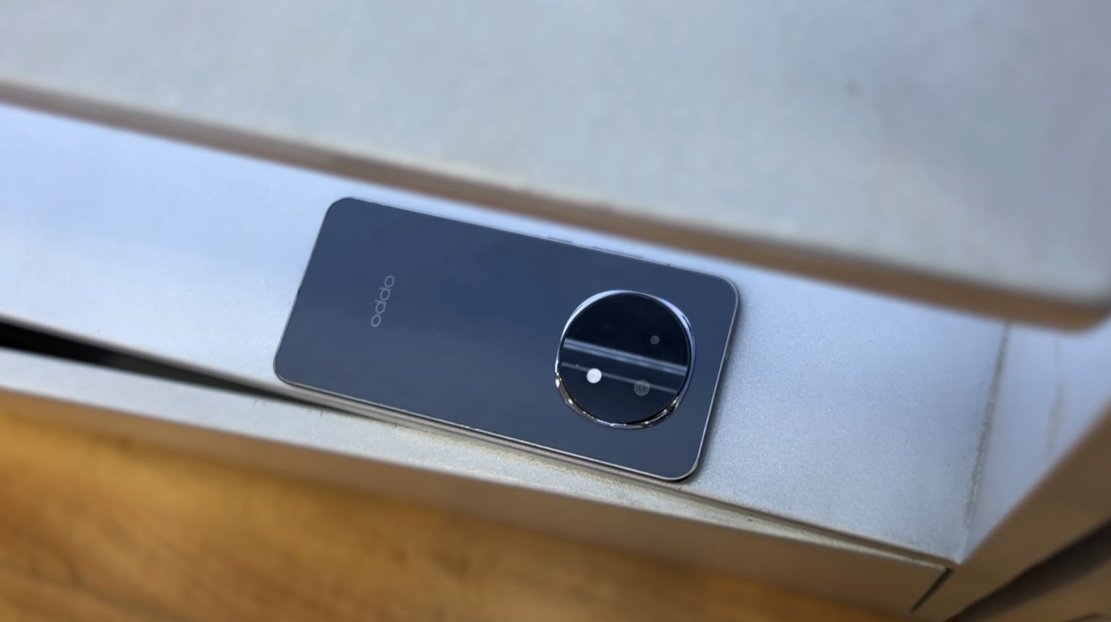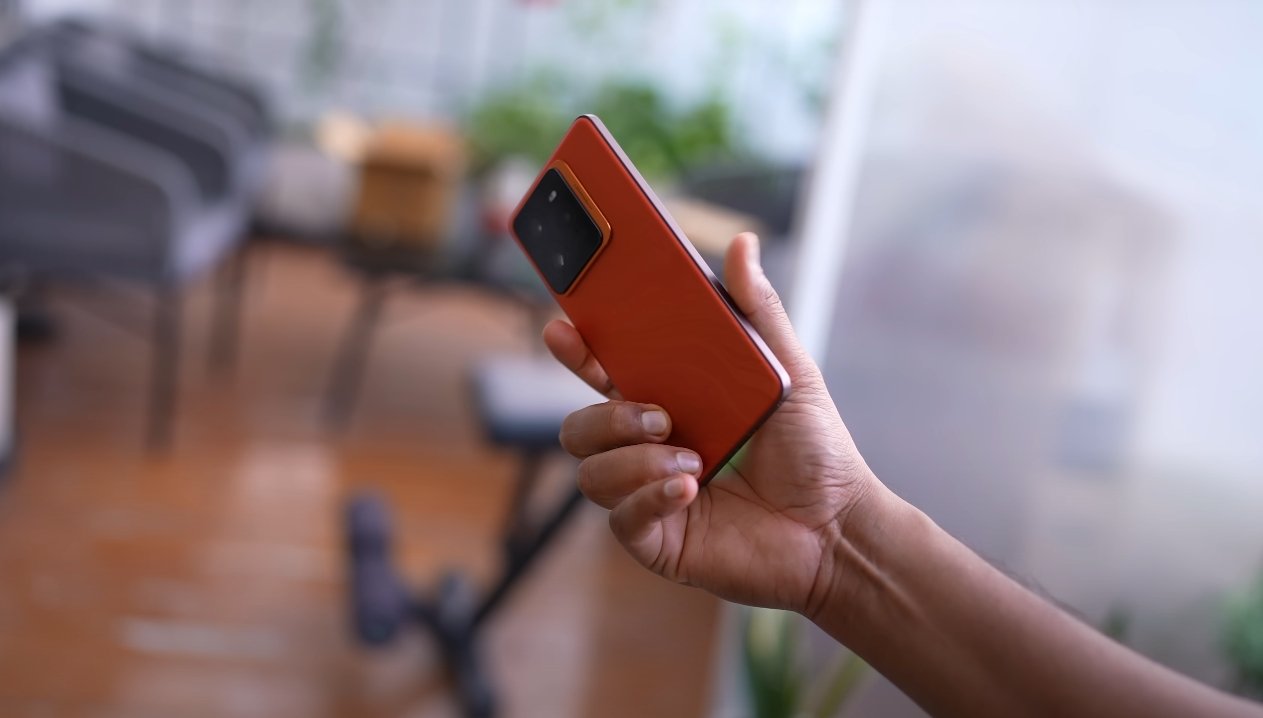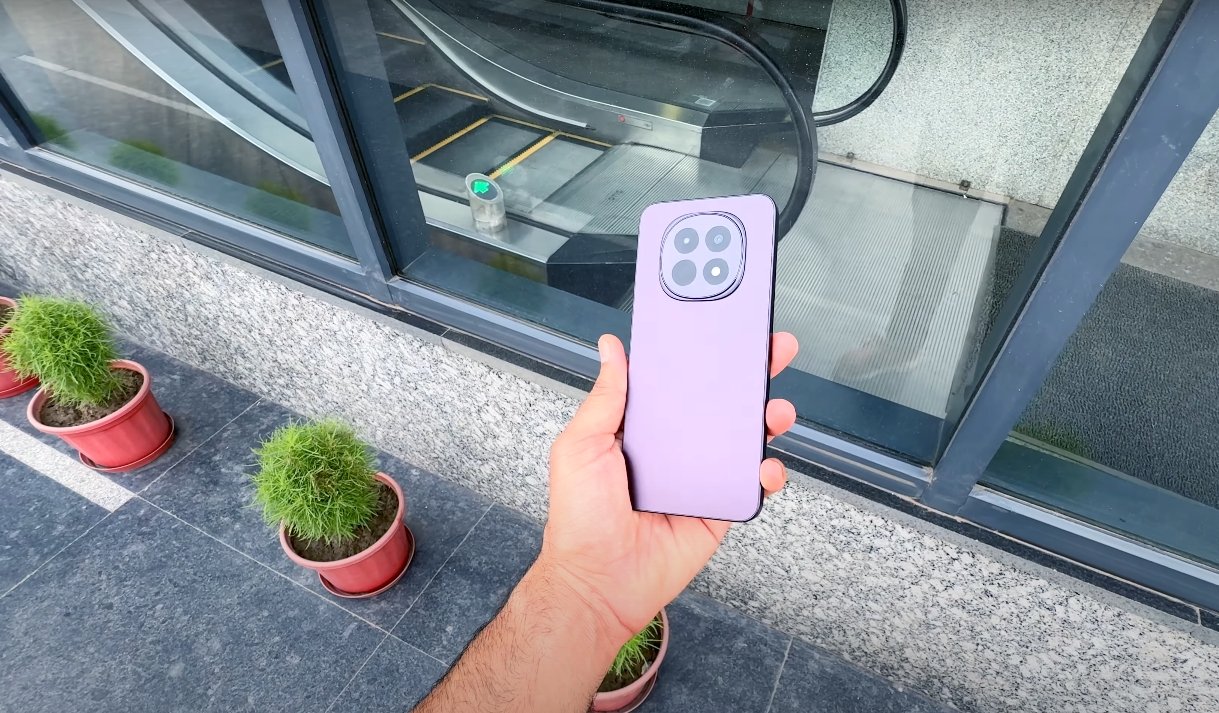Battery Endurance Tested in Canada’s Extreme Weather
The Redmi K90 Pro Max has earned global attention for its massive 7,560 mAh battery, and in a country like Canada — known for its wide temperature swings and unpredictable climate — that battery capacity becomes even more significant. From sub-zero winters in Alberta to humid summers in Ontario, Canada’s environment offers a unique test for any smartphone’s power system. The K90 Pro Max, with its combination of large capacity, efficient chipset, and ultra-fast charging, promises to handle those challenges with impressive resilience, though some limitations naturally appear under extreme conditions.
In moderate Canadian weather, such as spring and fall, the Redmi K90 Pro Max performs at its best. Users in cities like Vancouver or Toronto can comfortably go through a full day of heavy usage — including GPS navigation, social media, photography, and video streaming — and still have battery left by night. The Snapdragon 8 Elite Gen 5 processor plays an important role here, optimizing energy use and preventing unnecessary power drain. During these mild months, the phone’s 7,560 mAh capacity feels nearly endless, offering one of the longest endurance performances in its class.
However, the true test of the K90 Pro Max’s battery life comes during Canada’s harsh winters. Temperatures in cities like Winnipeg or Ottawa can dip far below freezing, and cold air significantly affects battery chemistry. In such conditions, lithium-ion batteries become less efficient — their internal resistance increases, and the voltage drops faster, which can cause the phone to show reduced charge or even power off unexpectedly. Even the massive capacity of the K90 Pro Max isn’t immune to this, though its size does help maintain longer runtime compared to smaller batteries. Keeping the device close to body warmth, such as inside a coat pocket, can help mitigate these effects and preserve more usable charge.
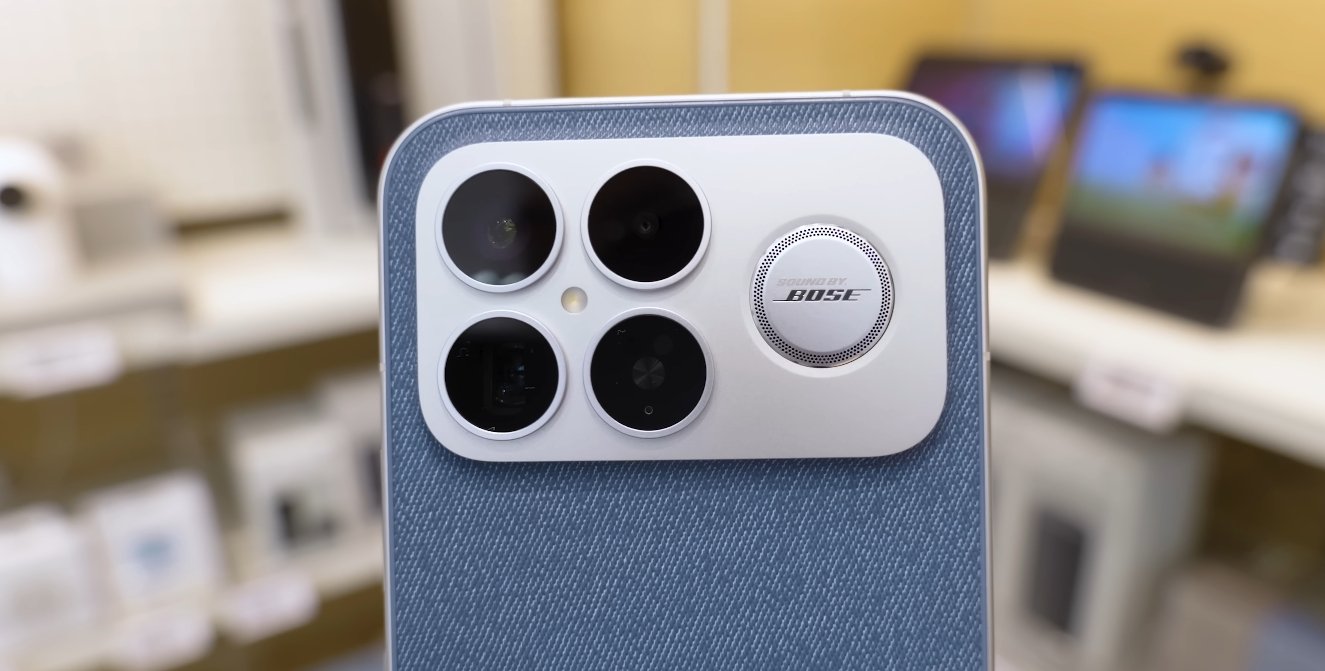
Charging also behaves differently in the cold. When exposed to freezing temperatures, the K90 Pro Max will likely slow its 100W wired and 50W wireless charging systems to protect the battery from damage. Users in northern climates will notice that the phone may refuse to charge until it warms up to a safer internal temperature. This is standard for high-capacity lithium-ion batteries and not a flaw in the phone itself. To ensure optimal performance, it’s best to charge the device indoors at room temperature, rather than in a car or outdoor setting during winter.
In contrast, Canada’s warm summer months create a different type of challenge. In areas like southern Ontario or British Columbia, temperatures can soar above 30°C, and direct sunlight can push device temperatures even higher. Excessive heat speeds up chemical reactions inside the battery, potentially shortening its long-term health. The K90 Pro Max manages heat well thanks to its cooling system, but users should still avoid leaving it on car dashboards or outdoor tables during heatwaves. While performance remains strong, consistent exposure to high heat can slightly reduce the battery’s overall lifespan over time.
Under typical summer use — navigation, photography, streaming, and mobile gaming — the Redmi K90 Pro Max still easily delivers a full day of power. Even with brightness turned up to handle the strong sun, the efficiency of the chipset ensures power is distributed intelligently. The large battery allows for extended outdoor photography sessions, long road trips, and travel without worrying about mid-day recharging. And if recharging is necessary, the 100W fast charger can bring the phone back to nearly full capacity in under half an hour, a major advantage for travelers or outdoor enthusiasts.
Canadian users who engage in year-round outdoor activities — from skiing and snowshoeing in winter to hiking and camping in summer — will appreciate the K90 Pro Max’s endurance. Its battery size means it can power long GPS tracking sessions, 4K video recording, or constant data connectivity throughout the day. Even when the cold reduces efficiency, it generally outlasts most competing flagships, offering peace of mind for those who spend long hours away from charging outlets.
Another key advantage for Canadian users is the inclusion of reverse charging support, allowing the K90 Pro Max to serve as a power bank for smaller devices like earbuds or smartwatches. This feature becomes especially useful during outdoor trips, where charging ports may not be available. Combined with its ultra-fast recharging speed, the phone provides one of the most practical battery experiences for Canada’s lifestyle — one that values reliability, adaptability, and power-on-demand.
In conclusion, the Redmi K90 Pro Max’s 7,560 mAh battery proves to be a strong performer under Canada’s varied climate conditions. While cold weather naturally reduces efficiency and extreme heat can affect longevity, the phone’s sheer capacity, smart power management, and fast charging make it highly dependable. For Canadian users who face long commutes, outdoor adventures, or simply want a phone that can endure the country’s challenging seasons, the K90 Pro Max stands out as a battery champion built for the extremes of the north.
